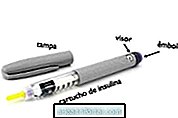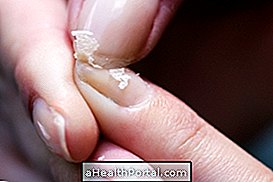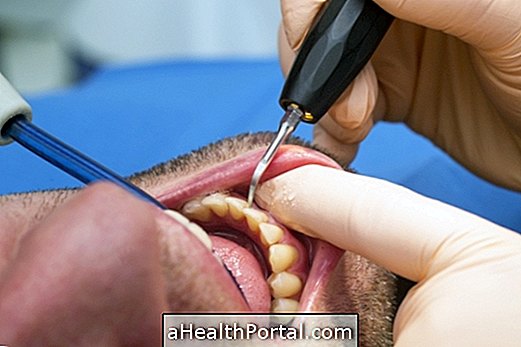Misuse of insulin may lead to insulin lipohypertrophy, a deformity characterized by a lump below the skin where the patient with diabetes injects insulin, such as an arm, thigh, or abdomen.
Generally, this complication arises when the diabetic often applies the insulin in the same place with the pen or syringe, causing that the insulin accumulates in that place and, causing malabsorption of this hormone, causing blood sugar levels to remain and diabetes management can not be adequately controlled.



Treatment for insulin lipohypertrophy
To treat insulin lipohypertrophy, also called insulin dystrophy, it is necessary not to apply insulin to the site of the lump, giving full rest to that place of the body, because if you apply insulin in the place, besides causing pain, the insulin is not properly absorbed and not you can control your blood sugar levels.
Typically, the lump will decrease spontaneously but may take between weeks to several months, depending on the size of the lump.
How to avoid insulin lipohypertrophy
To prevent insulin lipohypertrophy it is essential to have some care, such as:
1. Vary the sites of insulin application

To prevent the formation of lumps due to the accumulation of insulin, it must be applied in different places, and it can be injected into the arms, thighs, abdomen and the outside of the buttocks, reaching the subcutaneous tissue, which is under the skin .
Also, it is important to rotate between the right and left sides of the body, taking turns between the right and left arms, for example, and in order not to forget the place where you last injected it may be important to record.
2. Alternate injection sites within the chosen area
In addition to varying the site of application of the insulin, between arm and thigh, for example, it is important that the patient rotates in the same region of the body, giving a distance of 2 to 3 fingers between each place of application.



Usually applying this technique it is possible that in the same region of the body are made at least 6 applications of insulin, which indicates that only every 15 days is injecting insulin again in the same place.
3. Replace needle in pen or syringe
It is essential that the diabetic change the needle of the insulin pen before each application, because in the case of using the same needle several times increases the pain in the application and the risk of developing lipohypertrophy and develop small bruising.
In addition, the doctor should indicate the size of the needle most advised, as it depends on the amount of body fat of the patient, however most of the time the needle is small and very thin, causing no pain during the application.
After changing the needle, it is important to apply the insulin correctly. See the technique in: How to apply insulin.
Other complications of misuse of insulin
The incorrect application of insulin is with the use of a syringe or pen, can also cause insulin lipoatrophy, which is the loss of fat at the sites of insulin injections and appears as a depression in the skin, but these cases are rare.
In addition, sometimes the application of insulin may prove a small hematoma at the injection site, causing some pain.























